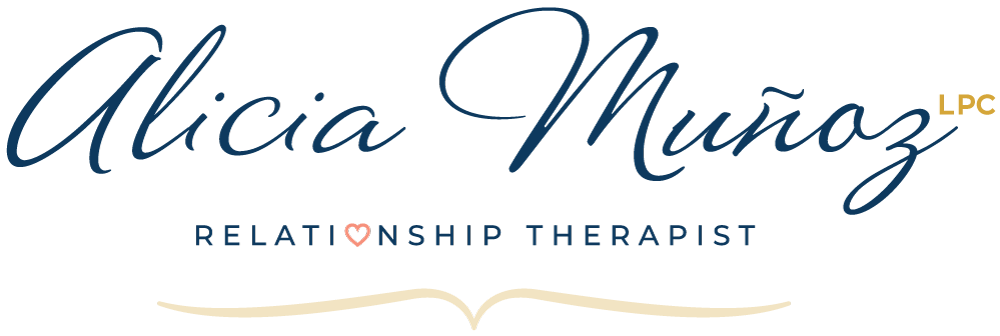Motion gives us Access to Emotion

When it comes to the types of therapy insurance companies will reimburse, movement is a critical missing ingredient. Motion offers us a visceral, immediate access point to healing. It’s not as easy to feel the fullness of our emotions when we’re sitting still, legs rigid, hands folded on our laps or crossed over our chests. In a therapist’s office, clients may feel many emotions in the here-and-now of a session. At the same time, other than blinking, shifting the position of their legs, crossing or uncrossing their arms, or reaching for handkerchiefs, the range of motion tends to be limited.
Motion is a direct route to our inner world. Even when a physician hasn’t told us to get off the couch and find ways to move our bodies more, most of us intuitively know that the more we move, the better we feel.
The etymology of the word “emotion” already underscores its potential therapeutic function. The word is based on the Latin emovere. The suffix, e- is a variant of ex- which means ‘out,’ while movere means ‘move.’ Emotion, essentially, means: “to move (something) out.” One powerful way to do healing work is through allowing movement to guide the processing of feelings. This can be even more impactful with rhythmic or musical accompaniment.
Movement Helps Us Feel; Feeling Helps Us Move

Most psychotherapy is highly thought-centered. Cognitive behavioral therapy is about recognizing the impact of thought patterns and beliefs on feelings and behaviors. Psychotherapy–with its Freudian roots–focuses on bringing awareness to unconscious aspects of ourselves. Insight-oriented therapy is about creating the conditions for “ah-ha” moments. These insights are then processed in conversation with a therapist, in many cases leading to new, more positive behaviors.
By definition, movement is embodied. The more we bring our bodies into the equation of insight-oriented therapies, the more wholistic the treatment becomes. 0ur bodies hold a wealth of information that’s just outside of our conscious, everyday, future-oriented awareness. When we tune into them, our bodies guide us to move and to feel.
A woman in labor who has been supported in trusting her body may find she knows how to move her baby through her birth canal out into the world. Even if she needs support or medical assistance, attunement to her own body adds a layer of support and important data to the process. Similarly, if we listen to our bodies, and tune into the subtle or sometimes not-so-subtle signals they give us, they can guide us into finding ways of moving our emotions through us. This can help us transform our state of mind, broaden our perspective and find new or creative solutions to challenges.
Seek Out Movement Access Points

Although some therapies use techniques that incorporate actual movement into the treatment, you will likely need to seek out your own movement-access points to emotion beyond a community support group, therapist’s office or coaching video call. There are a growing number of powerful forms of healing movement available today, many of them performed in a group setting.
Try finding ways to move your body in sync with your emotions, or consider exploring movement through Walk and Talk Therapy, something Kate Hays writes about in Working It Out: Using Exercise in Psychotherapy. Other powerful movement practices available are Fluid Feminine Movement at S Factor by Sheila Kelly, Femme!, Embodied Live, Kukuwa Fitness, or JourneyDance .
An earlier version of this article was published on The Good Men Project.







